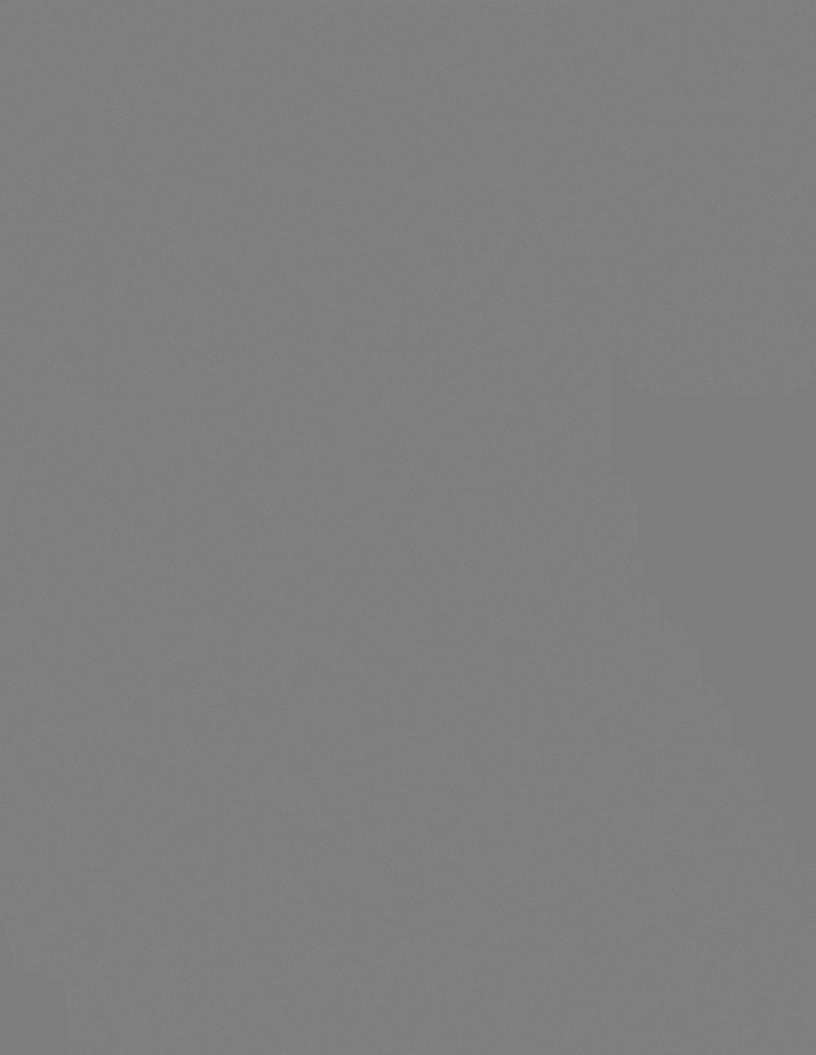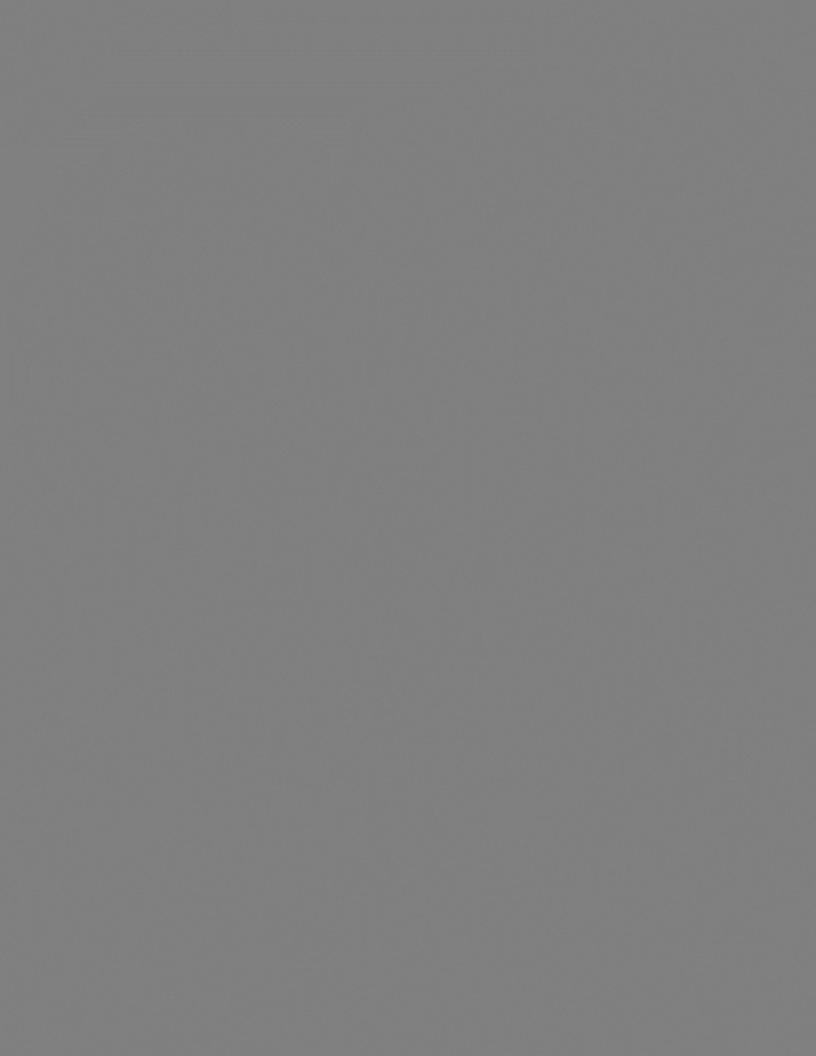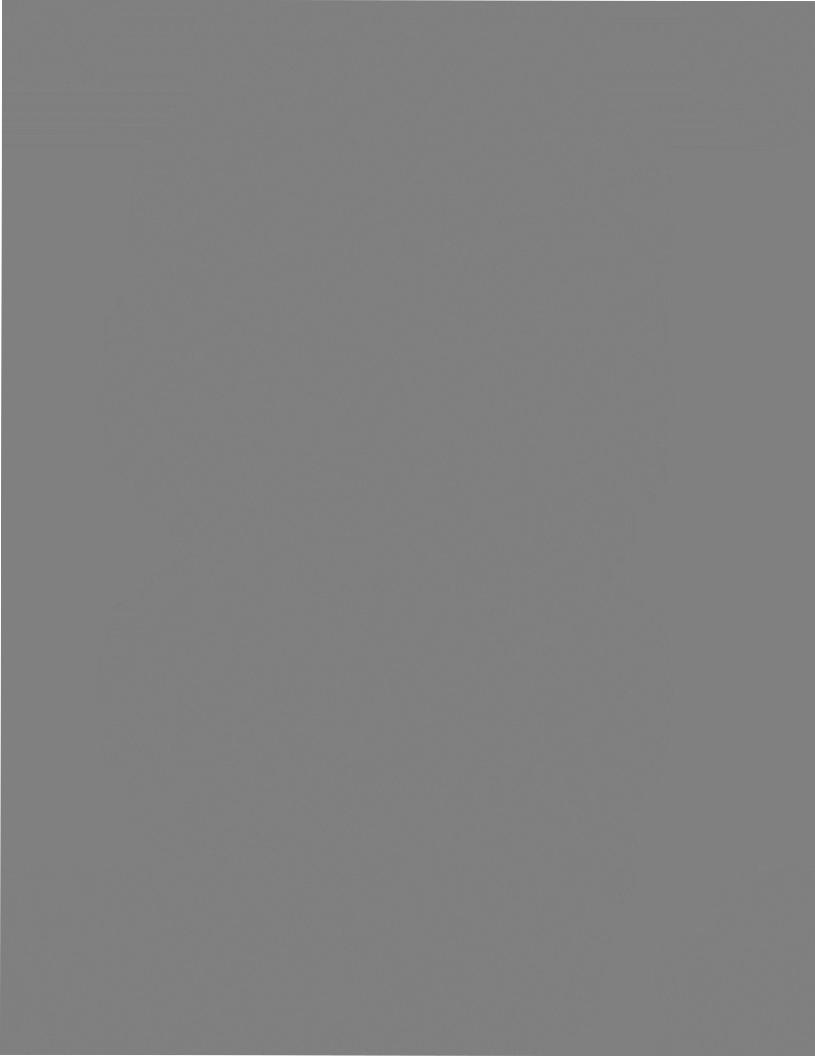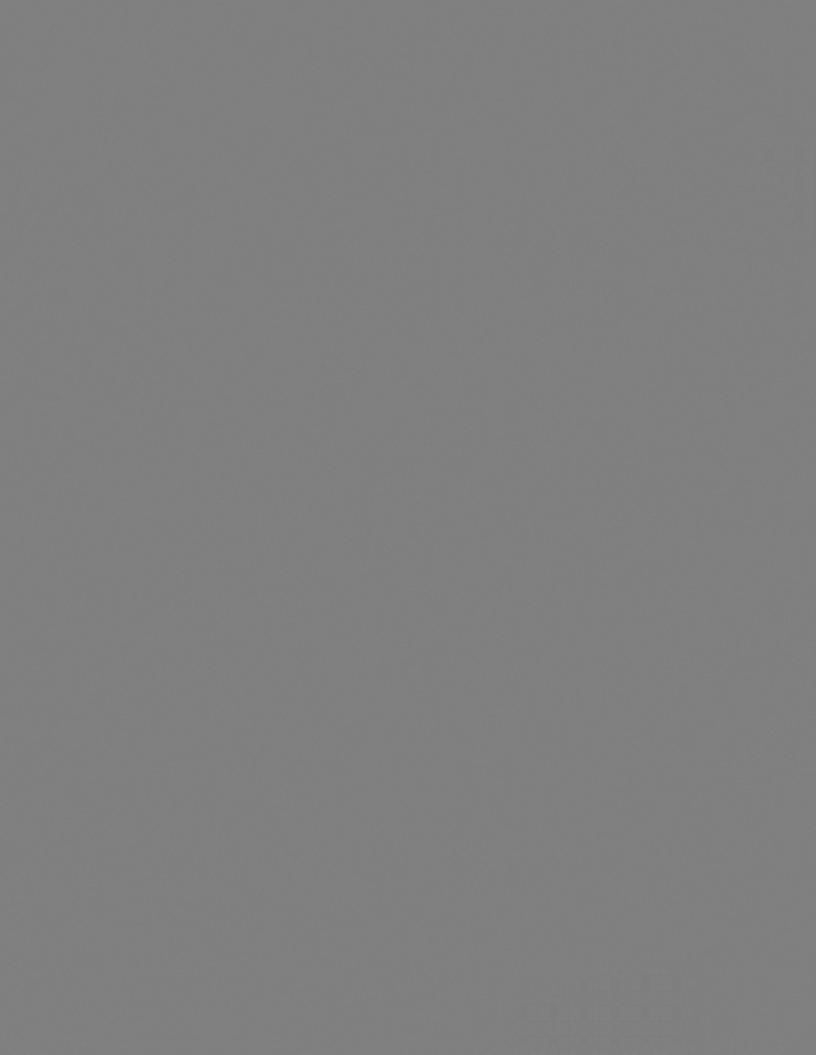Union Special 39500RL, 39500RT, 39500TJ, 39500TK, 39500TM Manual
...



IDENTIFICATION OF MACHINES
Each UNION SPECIAL machine is identnied by a Style number on a name plate on the machine. Style numbers are classified as standard and special. Standard Style numbers have one or more letters suffixed, but never contain the letter "Z ". Example: "Style 39500 QS ". Special Style numbers contain the letter "Z ". When only minor changes are made in a standard machine, a "Z II is suffixed to the standard Style number. Example: "Style 39500 QSZ 11 •
Styles of machines similar in construction are grouped under a Class number which differs from the Style number in that it contains no letters. Example: "Class 39500".
APPLICATION OF CATALOG
This catalog applies specifically to the standard Styles of machines as listed herein. It can also be applied with discretion to some Special Styles of machines in Class 39500. References to directions.. such as right., left., front.. back., etc ... are given from the operator's position while seated at the machine. Operating direction of handwheel is away from operator.
STYLES OF MACHINES
MARK IV Hi-Styled High Speed., One or Two Curved Blade Needles.. Two Looper., Three or Four Thread Overseaming Machine.. Differential or Intermittent Differential Feed., Trimming Mechanism with Spring Pressed Lower Knife.. Automatic Lubricating System., Improved Air Cooling System.
39500 QS Single needle |
three thread., medium to heavy duty machine, for seaming |
||
and intermittently gathering or shirring |
on woven and knit materials such as |
||
dresses., aprons., lingerie, smocks., nightgowns |
and similar garments. Knee |
||
press controlled tandem intermittent differential |
feed. Slotted presser foot to |
||
separate top and bottom plies. Gathering ratio up to 3 to 1 depending on stitch |
|||
length. Seam specification, 504-SSa-1; |
standard width of seam 1/8 inch (3.17 |
||
mm); stitch range., |
8-20 per inch; cam |
adjusted |
main and differential feeds. |
Maximum recommended speed 6000 R.P.M.
39500 QT Single needle three thread., medium to heavy duty machine., for seaming and intermittently gathering or shirring on woven and knit materials such as dresses., aprons., lingerie, smocks., nightgowns and similar garments. Knee press controlled tandem intermittent differential feed. Independent swing-out pressure plate attachment for shirring. Gathering ratio up to 3 to 1 depending on stitch length. Seam specification., 504-SSa-1; standard width of seam 3/16 inch (4. 76 mm); stitch range., 8-2 0 per inch; cam adjusted main and differential feeds. Maximum recommended speed 6000 R.P.M.
39500 RD Two needle four thread., medium to heavy duty machine., for seaming and intermittently gathering or shirring on woven and knit materials such as dresses., aprons., lingerie., smocks., nightgowns and similar garments. Knee press controlled tandem intermittent differential feed. Independent swing-out pressure plate attachment for shirring. Gathering ratio up to 3 to 1 depending on stitch length. Seam specification., 512 -SSa -1; standard width of seam from left needle 17 /64 inch (6. 75 mm); stitch range.. 8-20 per inch; cam adjusted main and differential feeds. Maximum recommended speed 6000 R.P.M.
4
From the library of: Superior Sewing Machine & Supply LLC
STYLES OF MACHINES (Continued)
39500 RL Two needle four thread, medium to heavy duty machine, for seaming and intermittently gathering or shirring on woven and knit materials such as dresses, aprons, lingerie, smocks, nightgowns and similar garments. Knee press controlled tandem intermittent differential feed. Independent swing-out pressure plate attachment for shirring. Gathering ratio up to 5 to 1 depending on stitch length. Seam specification, 512-SSa-1; standard width of seam from left needle 17 / 64 inch (6. 75 mm); stitch range, 8-20 per inch; cam adjusted main and differential feeds. Maximum recommended speed 5500 R.P.M.
39500 RT |
Single needle three thread, medium to heavy duty machine, |
for seaming and |
|||||||
intermittently gathering or shirring on all types of cotton, dacron, |
rayon and silk |
||||||||
fabrics where a 3/32 inch (2. 38 mm) turned |
down hem is |
desired. Knee press |
|||||||
controlled tandem intermittent differential feed. Presser foot has a |
short curler |
||||||||
stitch tongue. |
Independent swing-out pressure plate attachment for |
shirring. |
|||||||
Gathering |
ratio up to 2. 5 to 1 depending on |
stitch length. |
Seam |
|
specification, |
||||
504 EFe-1 |
inverted; standard width of seam |
3/32 inch (2. 38 mm); |
stitch range, |
||||||
10-20 per inch; cam adjusted main and differential feeds. Maximum recommended |
|||||||||
speed 6000 R. P. M. |
|
|
|
|
|
|
|||
39500 TJ |
Single needle three thread, medium to heavy duty machine with straight knife |
||||||||
parts, |
for seaming bulky knit sweaters, heavy knit outerwear and |
similar gar- |
|||||||
ments. Can be used for attaching a reinforcing tape used |
on shoulder |
seams of |
|||||||
sweaters and similar garments; tape automatically guided by slot in presser foot. |
|||||||||
Thumbscrew adjustable differential feed. Se.am specification, 504-SSa-1; standard |
|||||||||
width of seam |
1/8 inch (3.17 mm); stitch range, 8-20 per inch; cam adjusted main |
||||||||
and differential feeds. Maximum recommended speed 6000 R.P.M. |
|
|
|
||||||
39500 TK |
Two needle four thread, medium to heavy duty machine for seaming operat- |
||||||||
ions on coat linings, pockets~ bathing suits, house dresses, children's wear, |
ladies |
||||||||
undergarments, |
and similar garments of medium to heavy weight woven knitted |
||||||||
materials |
of cotton, wool, silk and synthetics. Upper looper thread is caught by |
||||||||
both needles. Thumbscrew adjustable feed which allows either reverse or forward |
|||||||||
differential feeding. Seam specification, 514-SSa-1; standard width of seam |
from |
||||||||
left needle 17/64 inch (6.75 mm); stitch range, 6-20 per inch; cam adjusted main and differential feeds. Maximum recommended speed 6000 R. P. M,
39500 TM Single needle three thread, medium to heavy duty machine, for seaming and intermittently gathering or shirring on woven and knit materials such as dresses, aprons, lingerie, smocks, nightgowns and similar garments. Knee press controlled tandem intermittent differential feed. Independent swing-out pressure plate attachment for shirring. Gathering ratio up to 5 to 1 derending on stitch length. Seam specification, 504-SSa-1; standard width of seam 3 16 inch (4. 76 mm); stitchrange 8-20 per inch; cam adjusted main and differential feeds. Maximum recommended speed 5500 R.P.M.
39500 TT Single needle three thread, medium to heavy duty machine, for seaming and intermittently gathering or shirring on woven and knit materials such as dresses, aprons, lingerie, smocks, nightgowns and similar garments. Knee press controlled tandem intermittent differential feed. Independent swing-out pressure plate attachment for shirring. Gathering ratio up to 3 to 1 depending on stitch length. Seam specification 504-SSa-1; standardwidthof seam 3/16inch (4.76 mm); stitch range, 8-20 per inch; cam adjusted main and differential feeds. Maximum recommended speed 6000 R. P. M.
SPEED RECOMMENDATION
39500 MARK IV machines have been tested in their complete stitch range at their maximum rated speeds. Varied field conditions, severity and cleanliness of the sewing operation may necessitate operating at a lower speed. When operating from 50-100% machine running cycle and a longer than recommended stitch length, it may be necessary to reduce the machine's speed by 10-15%.
5
From the library of: Superior Sewing Machine & Supply LLC
SPEED RECOMMENDATION (Continued)
The MARK IV is a precision manufactured and tested sewing machine. To obtain maximumperformancea the machine should be operated at 1000 R.P.M. below maximum recommended speed for the first 2 0 days of field operation. This will minimize readjustment of precision mechanisms.
OILING
CAUTION! Oil was drained from machine when shipped, so reservoir must be filled before beginning to operate. Oil capacity of Class 39500 is eight to nine ounces. A straight mineral oil of a Saybolt viscosityof 90 to 125 seconds at 100° Fahrenheit should be used.
Machine is filled with oil at spring cap in top cover. Oil level is checked at sight gauge on front of machine. Red bulb on oil level indicator should show between gauge lines when machine is stationary.
Machine is automatically lubricated. No oiling is necessary, other than keeping main reservoir filled. Check oil daily before the morning start; add oil as required.
To maintain maximum recommended speed and serviceability of this equipment when operating continuously, the oil must be changed at least every six months. In no case should oil remain in machine for more than one year.
The oil drain plug screw is located at back of machine near bottom edge of base. It is a magnetic screw designed to accumulate possible foreign materials which may have entered the crank case. It should be removed and cleaned periodically.
NEEDLES
Each UNION SPECIAL needle has both type and size number. The type number deontes the kind of shank, point, length, groove, finish and other details. The size number, stamped on the needle shank, denotes largest diameter of blade, measured in thousandths of an inch, midway between shank and eye. Collectively, type and size number represent the complete symbol whichis given on the label of all needles packaged and sold by Union Special •
Class 39500 machines use a curved blade needle. The standard recommended needle for Styles 39500 QS, QT, RD, RL, TJ, TK, TM and TT is Type 154 GAS, while the standard needle for Style 39500 RT is Type 154 GBS. Below are the type numbers, description and sizes available of the recommended needles.
Type No.
154 GAS
154 GBS
Description and Sizes
Round shank, round point, curved blade, standard length, single groove. struck groove, spotted, chromium plated and is available in sizes 055/022, 065/025, 070/027, 075/029, 080/032, 090/036, 100/040, 110/044, 125/049, 140/054, 150/060.
Round shank, round point, curved blade, standard length, double groove, struck groove, spotted, chromium plated and is available in sizes 070/027, 075/029, 080/032.
To have needle orders promptly and accurately filled, an empty package, a sample needle, or the type and size number should be forwarded. Use description on label. A complete order would read: "1000 Needles, Type 154 GAS, Size 070/ 027 11 •
Selection of proper needle size is determined by size of thread used. Thread should pass freely through needle eye in order to produce a good stitch formation •
6
From the library of: Superior Sewing Machine & Supply LLC

NEEDLES (Continued)
Succesa in the operation of UNION SPECIAL machines can be secured only by use of needles packaged under our brand name . ~®· which is backed by a reputation for producing highest quality needles in materials and workmanship for more than three-quarters of a century.
CHANGING NEEDLES
Release pressure on presser foot by turning presser foot release bushing (AG. Fig. 1 or lA) and swing presser arm (U) out of position. Turn handwheel in operating direction until needle is at its lowest point of travel. Using hexagonal socket wrench No. 21388 AU. furnished with machine. loosen needle clamp nut about 1/4 turn. Again turn handwheel until needle is at high position; withdraw needle.
To replace needle. leave needle holder at high position and., with the flat to the left. insert needle in holder until it rests against stop pin. Keeping needle in this position. turn handwheel until holder is again at its low point of travel; then tighten nut. Return presser arm (U) to position; re-lock presser foot release bushing (AG).
THREAD STAND (504 STITCH)
After thread comes from cones on cone support (A. Fig. 1 ). it is brought up through back hole of thread eyelet (B). then down through the front hole of thread eyelet. Next it is threaded through the upper holes of tension thread guide (C) from front to back and then through the lower holes from back to front. It should be noted that the lower looper thread is threaded through the tension thread guide (C ). first through the upper hole back to front, second through the middle hole front to back and third through the lower hole back to front. All three threads then continue between the tension discs (J), through tension post slot (K) in tension post (G) and on through front thread guide (M).
THREAD STAND (512 AND 514 STITCH)
After thread comes from cones on cone support (A, Fig. lA),. the needle threads are threaded through the back bar of the thread eyelet (B) from back to front. under the middle bar and through the center holes of the front bar. The looper threads come from the cones. through holes of the middle bar from back to front and then through the two outside holes of the front bar. Next it is threaded through the upper holes of tension thread guide (C) front to back and then through the lower holes from back to front. The threads continue between the tension discs (J). through tension post slot (K) in tension post (G) and on through front thread guide (M).
NOTE: Refer to Fig. 1 for threading Styles 39500 QS, QT, RT, TJ, TM and TT, or refer to Fig. lA for threading Styles 39500 RD, RL and TK.
THREADING
Only parts involved in threading are shown in threading diagrams (Fig. 1 and lA). Parts are placed in their relative positions for clarity.
It will simplify the threading of these machines to follow the recommended sequence of threading lower looper first. upper looper second. and needle or needles third.
The threading in Fig. |
1 and Fig. lA are the same. the only difference will be |
the threading of two needle |
threads in Fig. lA as compared to one needle thread in |
Fig. 1. The additional needle in Fig. lA moves the lower looper thread tension post to the right.
7
From the library of: Superior Sewing Machine & Supply LLC








